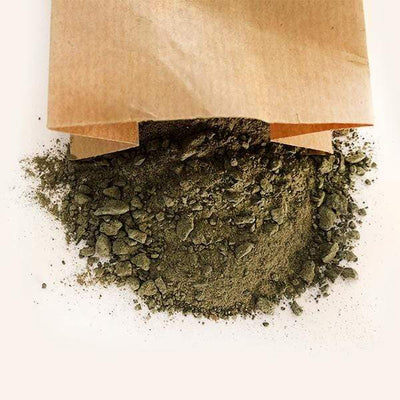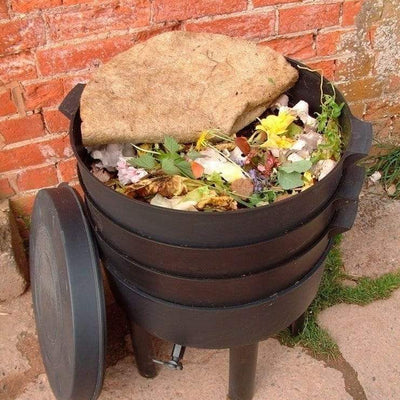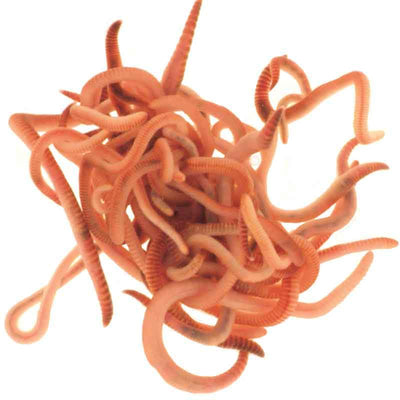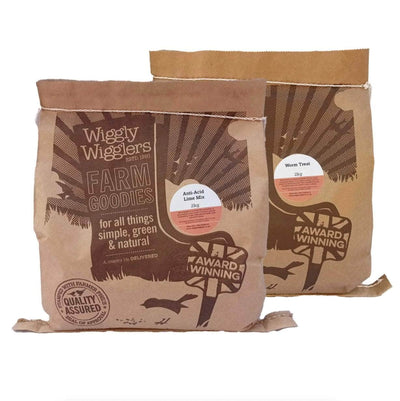
Aside from sunflower seeds and hearts, peanuts are one of the most popular foods that birders put out to attract birds to their garden. While these are a great source of energy, here are some hints and tips you need to know.
Why are peanuts so popular for feeding birds? As I said above, these nuts are powerhouses of energy and great, nutrient-rich food for birds of all sizes. Most birds big and small are quite happy to eat them, so it's a sure-fire way of attracting birds in bulk, often in a variety of species.
If you're planning on feeding your garden guests, you can put them out all year round, but you can be a massive help to your local bird population if you put they out regularly during the winter. Wild animals (such as the birds you hope to attract) use up a lot of their energy during the winter months just trying to keep warm. As a high protein and energy source peanuts are especially nutritious and a great food for birds big (and especially small) to eat, as it supplies them with a much needed source and boost of energy that they can use to regulate their body temperature.

Peanuts seem like one of the best foods you could give your birds, right? Only if you buy the right size. Many small species, young and old, choke on whole peanuts if these are left lying on a feeder tray. Birds often have eyes bigger than their mouth, so can't gauge for themselves whether they can swallow whole peanuts, and as peanuts don't soften or break down in the mouth they are especially hazardous. To protect the health of all of the birds that visit you it's best to only put crushed peanuts on tray feeders. These are small enough for nearly all birds to eat them without danger, and any larger species will still have access to this food source. If you don't have/want larger bird visitors, or don't have a tray, putting whole peanuts in a hanging mesh feeder will also work wonders. In these birds are unable to pull out whole peanuts, so are forced to peck of pieces big enough for them to swallow. This takes away any risk of choking and gives you a good look at any of the acrobatic visitors you have.
We covered size, but there's also the issue of the type of peanut. Only feed natural, untouched peanuts to your birds. If you buy peanuts that are labelled as bird feed this shouldn't be a problem, but if you buy peanuts targeted at humans they are often covered in salt or have been roasted. These peanuts have bad side-effects on the digestive system of wild birds, so on the safe side keep to the cleanest peanuts possible. None f the peanuts in bird feed or for human consumption should contain aflatoxin, but check that the peanuts you buy look healthy, as this toxin is dangerous to birds. This toxin is found in peanuts that are transported or stored in poor conditions, so remember this when you're storing your peanuts also.
Like any food, peanuts are liable to go off. Nuts are liable to becoming toxic if exposed to mildew and moisture, so remember to clean feeders regularly and remove any debris that has been left every couple of days.
If you order regularly why not consider subscribing? Save 10% and get your worms delivered as often as you like https://www.wigglywigglers.co.uk/collections/subscribe-save
If you’re looking for more advice why not wiggle on over to our wiggly wizard https://wiggly-wigglers-faq.malcolm.app/ or our wiggly Facebook group full of wormery experts https://www.facebook.com/groups/wigglywigglers/
Pop on over to https://www.wigglywigglers.co.uk/blogs/blog/tagged/wiggly-birdfeeding-month to view all our Wiggly Birdfeeding Month blogs as they are released!






